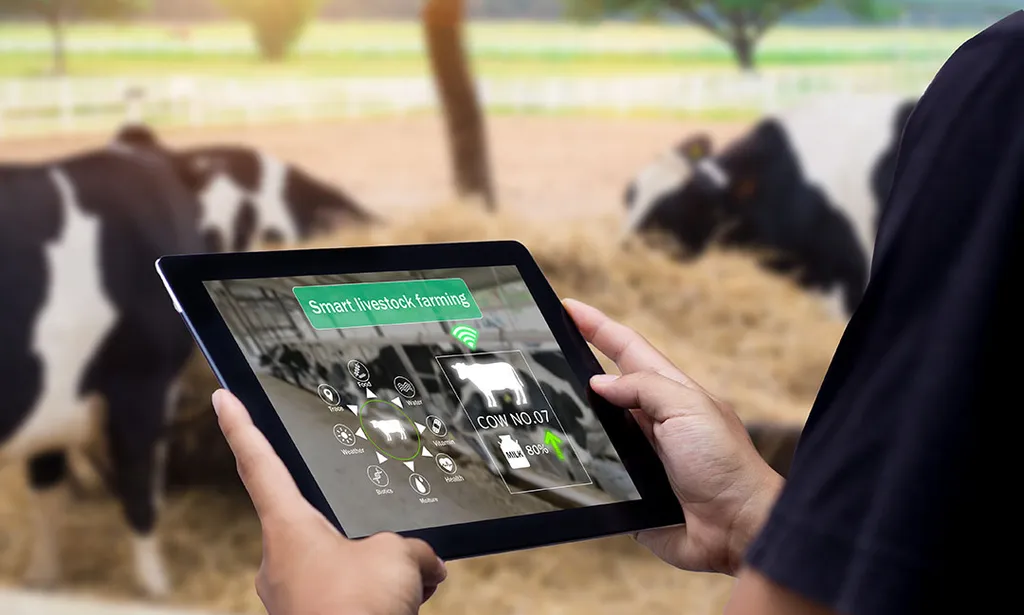Russia and South Korea are redefining agricultural productivity through contrasting yet equally transformative approaches, each addressing the unique challenges of their landscapes. While Russia leverages its vast arable land with precision technology to secure its role as a global grain powerhouse, South Korea demonstrates how smart farming can maximize output in limited spaces. The latest data underscores just how rapidly these shifts are unfolding—and their implications for global food systems.
In 2023, over 40% of Russian farms adopted precision agriculture tools, marking a significant acceleration in the country’s technological modernization. Satellite monitoring, GPS-guided machinery, and AI-driven analytics are no longer experimental but mainstream, enabling farmers to optimize inputs, reduce waste, and boost yields in key crops like wheat, barley, and sunflower. The impact is measurable: fields equipped with these tools have seen yield improvements of up to 15-20% in some regions, particularly in the fertile Chernozem belt and the Southern Federal District. This adoption rate—projected to rise further by 2025—reflects both necessity and opportunity. With climate volatility disrupting traditional growing patterns, Russian farms are turning to data-driven decision-making to maintain stability in production. For global markets, this means a more reliable supply of grains at a time when weather-related shortages in other breadbasket regions, such as the U.S. Midwest or Australia, have become increasingly common.
The strategic importance of Russia’s agricultural output cannot be overstated. As the world’s largest wheat exporter, its ability to sustain or increase production directly influences food security in import-dependent regions like North Africa and the Middle East. The integration of precision tools also aligns with broader sustainability goals. By reducing over-application of fertilizers and pesticides through targeted interventions, Russian farms are lowering their environmental footprint—a critical factor as export markets, particularly in the EU, impose stricter sustainability criteria. Yet challenges remain, including the need for wider adoption among smaller farms and the high upfront costs of technology, which still limit access for some producers.
Meanwhile, South Korea’s agricultural sector is undergoing its own quiet revolution. With arable land scarce and urbanization encroaching on traditional farming areas, the country has turned to smart farming as a solution. Government-backed initiatives and private sector innovation have propelled the smart farming sector to an estimated 13% annual growth rate, with high-tech greenhouses and vertical farms leading the charge. These systems, often powered by IoT sensors, AI climate control, and hydroponics, allow for year-round production of high-value crops like leafy greens, strawberries, and herbs—without the constraints of seasonality or weather disruptions.
The implications of South Korea’s model extend beyond its borders. As global populations become more urbanized, the demand for locally grown, fresh produce is rising, and space-efficient farming methods offer a viable path forward. South Korea’s success in scaling these technologies—coupled with its strong export market for agricultural tech—positions it as a key player in shaping the future of urban agriculture worldwide. Moreover, the country’s focus on automation addresses labor shortages, a growing concern in aging agricultural workforces across Asia and Europe.
What ties these two agricultural trajectories together is the shared reliance on technology to future-proof food production. Russia’s precision agriculture and South Korea’s smart farming may operate at different scales, but both demonstrate how innovation can turn geographic and climatic challenges into advantages. For Russia, the priority is maintaining its status as a global agricultural heavyweight while adapting to climate pressures. For South Korea, it’s about maximizing efficiency in constrained spaces to meet domestic demand and set new standards for high-tech farming. As 2025 approaches, the lessons from both countries will be critical in informing how the world balances productivity, sustainability, and resilience in an era of rapid change.

